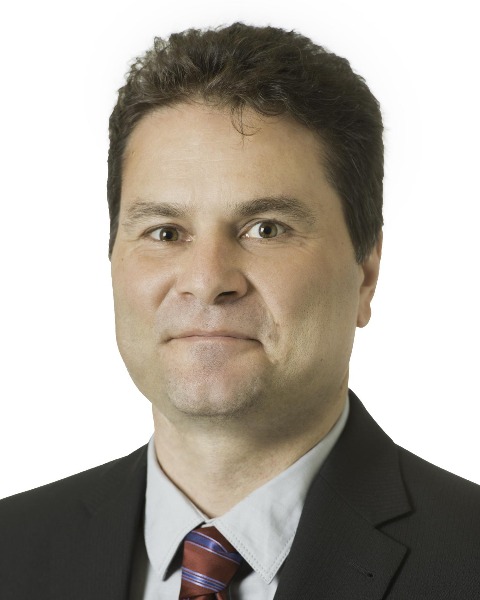Quick Fire Cases
Stroke Risk in Atrial Fibrillation. Is there a Missing Piece? (QF_FR_086)
- DD
David Dushfunian, MD
Clinical Research Associate
Northwestern University Feinberg School of Medicine - DD
David Dushfunian, MD
Clinical Research Associate
Northwestern University Feinberg School of Medicine - JB
Justin Baraboo, MSc
PhD candidate
Northwestern University - AM
Anthony Maroun, MD
Clinical Research Associate
Northwestern University Feinberg School of Medicine - MP
Maurice Pradella, MD
Clinical Research Associate
Northwestern University Feinberg School of Medicine, Switzerland 
Daniel Lee, MD, MSc
Professor of Medicine and Radiology
Northwestern University Feinberg School of Medicine
Northwestern- PG
Philip Greenland, MD
Professor
Northwestern University - RP
Rod Passman, MD
Professor
Northwestern Memorial Hospital 
Dan Kim, PhD
Professor & Associate Vice-Chair for Research (Radiology)
Northwestern University
Northwesern
Michael Markl, PhD
Professor
Northwestern University Feinberg School of Medicine
Presenting Author(s)
Primary Author(s)
Co-Author(s)
A 58-year-old male presented in September 2015 for palpitations. The patient was diagnosed with paroxysmal atrial fibrillation (AF) which was confirmed with an event monitor. The patient underwent examinations which ruled out any intracranial abnormality. Echocardiography revealed normal left atrium (LA) size and E/A ratio of 0.84. He was discharged without anticoagulation given a CHA2DS2-VASc score of 0.
In January 2016, the patient presented to the emergency department for an episode of transient ischemic attack thought to be embolic. We present this case to highlight the need for improved stroke risk stratification in AF; namely, the potential for 4D flow MRI in providing personalized information on changes in LA and left atrial appendage (LAA) blood flow dynamics implicated in risk for cardioembolic events.
Diagnostic Techniques and Their Most Important Findings:
This patient’s low CHA2DS2-VASc score and E/A ratio at baseline indicated low stroke risk category1-3. CHA2DS2-VASc is the main clinical tool used for stroke risk assessment but has limited predictive value for therapy management (c-statistic 0.6-0.7). This is because the score is based on upstream clinical factors rather than the physiologic mechanisms, such LA and LAA blood flow changes that cause thrombus formation4-5. This is also suggested by the example in figure 1 of two AF patients, other than the patient presented in this case, with identical CHA2DS2-VASc score of 0 but substantially different LA and LAA blood flow. Thus, a deeper understanding of underlying physiologic factors leading to stroke is crucial.
4D flow MRI allows the comprehensive qualitative and quantitative volumetric in-vivo blood flow assessment of the LA and the LAA over the cardiac cycle6-7. 4D flow MRI assessment of AF patients has found reduced peak velocities and increased blood stasis in the LA and LAA, indicating AF-associated atrial flow impairment that is thought to be associated with increased thromboembolism risk8.
In this case, 4D flow MRI could have provided the attending physician with insights of underlying hemodynamic derangements that favor thrombus formation prompting anticoagulant therapy.
In 2020, this patient underwent CMR, including 4D flow MRI, which showed substantially increased LA volume (83mL vs. 33mL) compared to echo findings in 2015. 4D flow analysis (figure 2) demonstrated reduced peak velocities and higher blood flow stasis compared to controls8 favoring thrombus formation. It has been suggested that the atrial myopathy due to AF could start even before the diagnosis of AF9. This implies that physiologic blood flow derangements could well precede structural changes (LA volume) at the time of diagnosis.
Learning Points from this Case:
This case illustrates the potential of 4D flow MRI for improved stroke risk stratification in AF. It is a non-invasive tool that provides useful physiologic information allowing physicians to make informed therapeutic decisions.
The modest predictive value of the clinical CHA2DS2-VASc stoke risk score may be due, in part, to its sole reliance on clinical factors and not physiological ones.

